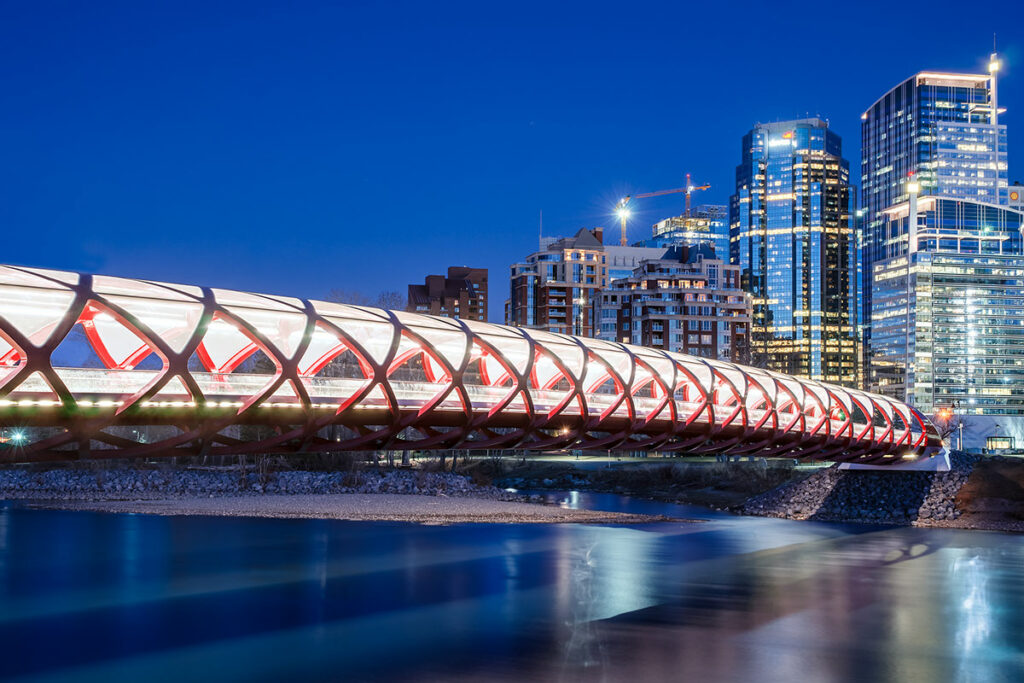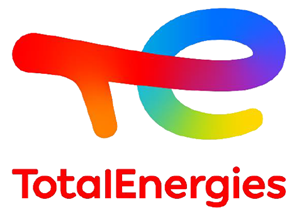Drilling and testing for natural hydrogen buried underground has begun in Ontario, and there are plans to expand the search to British Columbia.

By Resource Works
More News and Views From Resource Works Here
Hydrogen has long been hailed as the answer to fossil-fuel pollution, since hydrogen, when burned, produces only water and warm air.
More than 80 hydrogen production projects have been announced in Canada to date. However, progress on them is slow.
Canada’s federal hydrogen strategy, unveiled in 2020, declared that “by 2050, clean hydrogen can help us achieve our net-zero goal—all while creating jobs, growing our economy, and protecting our environment.”
And it added that “Canada’s rich feedstock reserves, skilled energy labour force, strategic energy infrastructure assets, and leading position in innovation in hydrogen and fuel cell technologies position Canada to become one of the top three global producers of clean hydrogen.”
Canada is already one of the top 10 hydrogen producers in the world, producing some 3 million tonnes a year, with approximately 2.5 million tonnes made in Alberta. China, though, already makes around 10 times as much as Canada — and speaks of a fifty-fold increase by 2030.
Other hydrogen projects in Canada are in notably early stages, though the federal government of Canada has just signed a new agreement to supply hydrogen to Germany by 2025. Canada has also discussed hydrogen sales to the Netherlands.
And the 2022-23 federal budget included over $17 billion in tax credits until 2035 to help fund clean hydrogen projects.
Meanwhile, the U.S. is putting up $750 million to help 52 projects across 24 states to “reinforce America’s global leadership in the growing clean hydrogen industry.”
But a Japanese energy executive says Europe and the U.S. alone will have to spend in excess of $1 trillion for building infrastructure to enable widespread use of hydrogen as a fuel.
Canada has more than 100 hydrogen and fuel-cell technology companies. Canadian hydrogen fuel cells are being tested to power trains, buses, and semi-trucks. Winnipeg Transit, for one, is preparing for some hydrogen-powered buses. Hydrogen has also been tested for some smaller aircraft, including De Havilland Canada’s Dash-8.
And other steps are under way:
- Air Products Canada is working toward a $1.3-billion net-zero hydrogen facility at Edmonton, billed as the largest in the world. It is also supported by federal and provincial governments.
- British Columbia has its own B.C. Hydrogen Strategy, and counts 19 potential hydrogen-export projects, although they would call for more clean-power supplies from B.C. Hydro, which faces challenges in producing more power despite the new Site C Dam going online in 2025.
- For one, B.C. has agreed to support a proposal by the McLeod Lake Indian Band to build a hydrogen plant on the Kerry Lake Reserve, 90 kilometres north of Prince George. In partnership with Japan’s Mitsubishi Power, it would create the Tse’khene energy hub, a $7-billion project to produce low-carbon energy and advance Indigenous economic reconciliation.
- Elsewhere, TESCanada H2 Inc. is working on Projet Mauricie, a $4-billion plan to produce green hydrogen to be used in Quebec.
- Charbone Hydrogène Québec is moving towards a green hydrogen plant at Sorel-Tracy, Québec. Charbone also has plans for a hydrogen plant in New Brunswick, and has leased some land in Manitoba.
- The federal government has signed a $128-million credit facility to support World Energy GH2 in developing the country’s first commercial-scale green hydrogen and ammonia facility, on the west coast of Newfoundland and Labrador. (Though European buyers may not be ready for shipments until 2026 or 2027.)
- The federal government has also have put up $2,547,500 for Quantum Technology at Squamish BC to scale-up production of its green hydrogen technology.
- Hydrogen Canada Corporation is looking to develop a world-scale hydrogen/ammonia facility in Alberta, with South Korea’s E1 Corporation as a partner.
- Also in Alberta, Suncor and Atco are looking at a clean-hydrogen project with a capacity of 300,000 tonnes a year. They partnered earlier on a project near Fort Saskatchewan to produce “blue” hydrogen to be added to domestic natural gas. (See the colours of hydrogen, lower down on this page.)
- Enbridge and FortisBC are looking into the percentage of hydrogen can be safely shipped through existing natural-gas pipelines and FortisBC’s distribution system.
- And Hydrogen Naturally proposes to turn forest waste into what it calls Bright Green Hydrogen, which it says is “greener” than green hydrogen.
- The Canadian Hydrogen and Fuel Cell Association has signed an MoU with the Hydrogen Association of India for co-operation in the development and deployment of hydrogen and fuel cell technologies.
But there’s a catch facing all hydrogen producers: How much power do you need to produce all the hydrogen demanded, and where will you get the power from?
For one, the U.S. Department of Energy believes American demand for hydrogen could reach 50 million tonnes by 2050. But to meet this demand would require an additional 700 GW of renewable energy — equivalent to about two thirds of today’s total U.S. generating capacity.
Then there’s some hope in exploration for “natural hydrogen,” the gas naturally buried underground and called “white hydrogen.”
On 1987, Montreal-based Hydroma made the initial discovery of white hydrogen in Mali when it was drilling for water. The well was considered a bust because no water was found. But it did find a deposit that was 98 per cent pure hydrogen, and production from it began in 2014.
Now, several countries are searching for natural hydrogen. As CBC News reports, “A gold rush, of sorts, is now underway in some parts of the world, including Spain, Germany, Australia and the United States.” France has already found a large deposit, and is moving to tap into it.
We’re starting to look for white hydrogen in Canada too. Calgary-based Chapman Hydrogen and Petroleum Engineering plan to begin testing and drilling in northern Ontario this summer, and plans to start searching in B.C. as well.
A challenge, though, is finding hydrogen in high-enough concentrations to make its capture commercially viable.
Re: “white” hydrogen: Hydrogen comes described in several colours, depending on how it is produced. “Grey” hydrogen, for example, is made from natural gas. So is “blue” hydrogen, but here carbon emissions from production are captured. Both are of interest in Canada, where we have massive reserves of underground natural gas. Turquoise hydrogen can also be prepared from natural gas, but is said to be less energy-efficient.
Then there’s “green” hydrogen, prepared by splitting water into hydrogen and oxygen, using renewable electricity. And then come pink, red, and purple hydrogen, produced using nuclear power. And, finally, brown or black hydrogen produced through the gasification of coal.
Share This:




